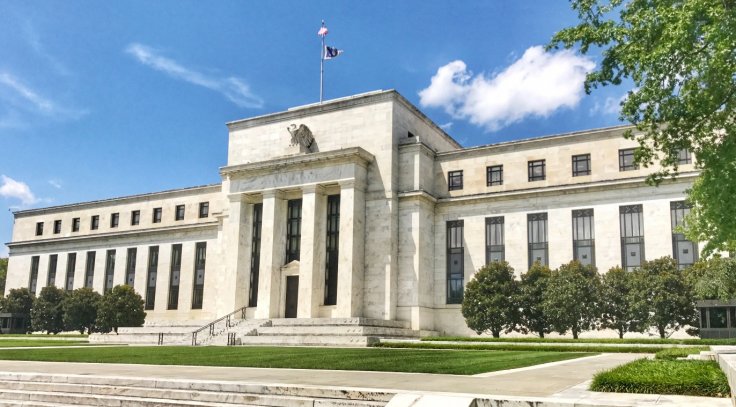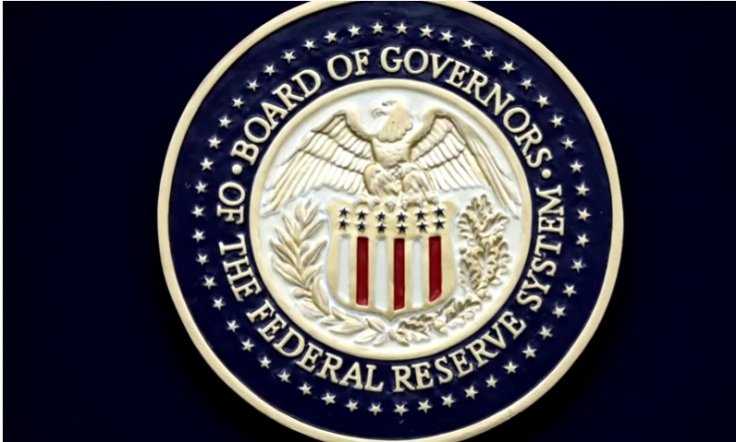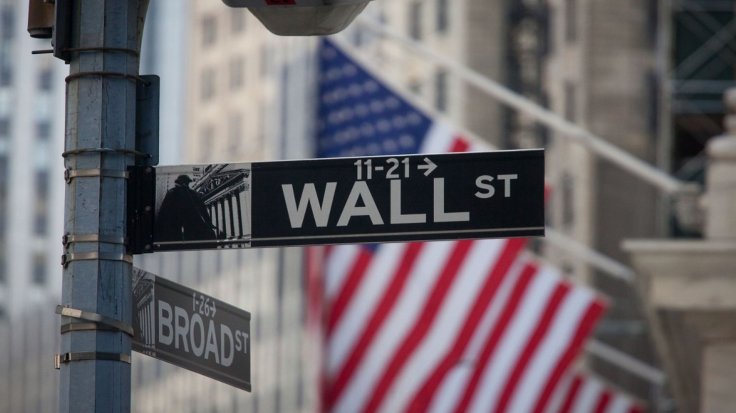The Federal Reserve on Wednesday implemented its first interest rate cut since March 2020, slashing benchmark rates by half a percentage point to counter a potential slowdown in the labor market. The last time the FOMC reduced rates by half a point was in 2008, during the recession, with the exception of the emergency rate reduction during Covid-19.
As both employment figures and inflation soften, the Federal Open Market Committee decided to cut its benchmark policy rate by 50 basis points, in line with market expectations, which had recently adjusted from predicting a smaller cut. All three major indexes rallied following the announcement as investors breathe a sigh of relief.
Fed Makes the Big Move
X
“The committee has gained greater confidence that inflation is moving sustainably toward 2%, and judges that the risks to achieving its employment and inflation goals are roughly in balance,” the US central bank’s rate-setting committee said in its latest announcement. However, Governor Michelle Bowman dissented, preferring only a quarter-point rate cut.
Policymakers expect the Fed’s benchmark rate to be reduced by another half-point by the end of this year, followed by a full percentage point decrease in 2025, and a final half-point cut in 2026, eventually settling in the 2.75%-3% range.

X
Overall, the dot plot indicates that the benchmark rate is expected to decrease by around 2 percentage points in addition to Wednesday’s move.
Although inflation “remains somewhat elevated,” the Fed’s statement explained that policymakers decided to lower the overnight rate to the 4.75%-5% range “in the light of progress on inflation and the balance of risks.”
The Fed also noted it “would be prepared to adjust monetary policy as needed if risks emerge that could impede the attainment of the Committee’s goals,” focusing on “both sides of its dual mandate” for price stability and full employment.

YouTube Grab
Stocks soared following the announcement, as this interest rate cut — the first in four years — signals the start of potential measures to support the U.S. economy.
Investors’ Confidence to Get a Boost
Wall Street investors had anticipated that the central bank would go for a larger interest rate cut rather than a quarter-point reduction. With inflation only slightly above their target, Fed officials have started shifting their focus toward boosting a slowing job market and aiming for a rare “soft landing,” where inflation is controlled without triggering a severe recession.

X
A half-point rate cut would show that the Fed, under Jerome Powell’s leadership, is equally committed to maintaining strong economic growth as it is to combating high inflation.
This week’s rate cut is seen as the first of several reductions that will likely continue into 2025.
High interest rates and rising costs for necessities like groceries, gas, and rent have fueled public dissatisfaction with the economy, becoming a focal point for former President Donald Trump’s campaign.
Meanwhile, Vice President Kamala Harris has countered that Trump’s proposal to impose tariffs on all imports would further drive up prices for consumers.
Gradually, Fed rate cuts are expected to reduce borrowing costs for mortgages, car loans, credit cards, and business loans. This could lead to higher business investment and a rise in stock prices. Both companies and consumers may also refinance their loans at lower interest rates.


